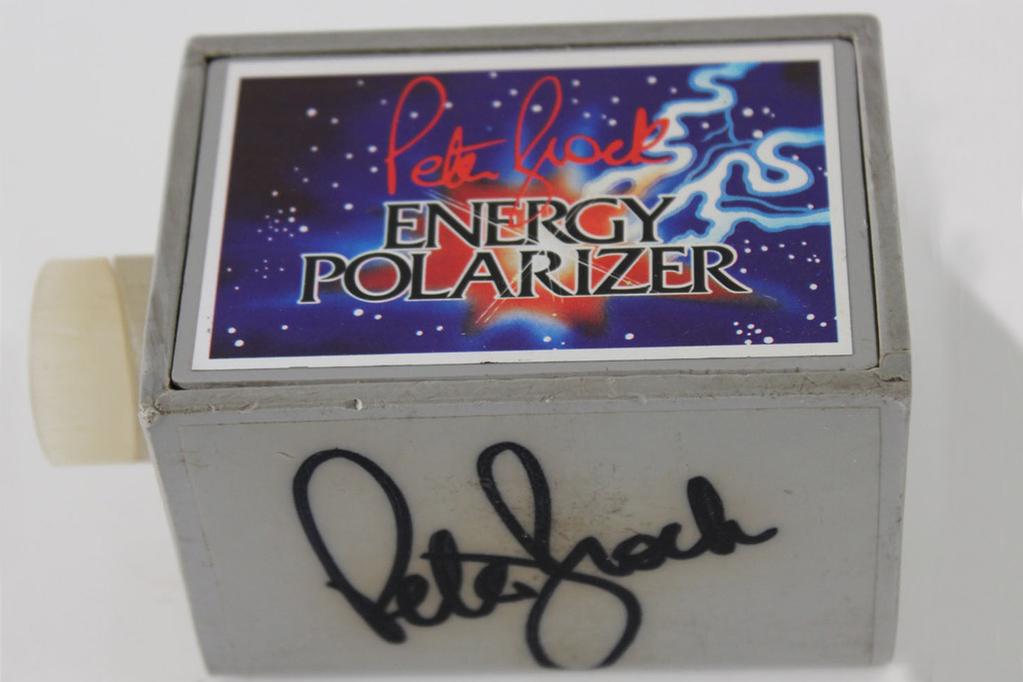Bretho72
Well-known Member
- Joined
- Mar 25, 2022
- Messages
- 139
“The measurements show that HDMI is a setback from a performance point of view. While “heroic” efforts such as the Mark Levinson 502 manage to get superlative performance out of HDMI, it clearly presents a tough situation for lesser designs. More concerning is that the mere connection of a device to an HDMI source can cause it to degrade its performance over other inputs.”Expectation bias is a powerful thing.
You spent your money hoping for an improvement and despite the science you hear one.
https://www.audiosciencereview.com/...s/a-deep-dive-into-hdmi-audio-performance.56/
https://www.audiosciencereview.com/...and-potential-for-hdmi-cable-differences.104/
“My advice is that if you are using your system for critical music listening, use S/PDIF instead of HDMI. If you are using a PC or Mac as the source, invest in a high-quality USB to S/PDIF converter.”
Exactly, HDMI is not the best connection for audio so I use the HDMI iSilencer to make it better.





















